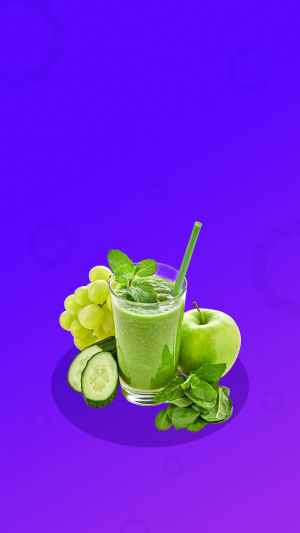The fruits we see in our lives are colorful.
Different fruits have different colors, and the same fruit sometimes has some different colors.
Why is this?
The color of fruit is determined by the proportion and amount of different pigments contained in the fruit during development.
It also has a certain relationship with the PH value of the fruit, light conditions, etc.
Plant pigments mainly include chlorophyll, anthocyanins, flavonoids, carotenoids and other pigments.
1. General fruit before ripening chlorophyll content is large, other types of pigment content is small, so the main performance of green.
Some fruits have little other pigments, and after ripening, the high chlorophyll content will still preserve the quality green.
And there are some fruits, with the ripening process, chlorophyll is gradually destroyed loss, other kinds of pigment content point ratio increase, so the ripe fruit shows a different color.
2. The fruit, a high percentage of anthocyanins, generally will have purple, red, blue.
The color of anthocyanins will be affected by the high or low PH value within the fruit.
In an acidic environment, anthocyanins are purple or red. They also appear purple and black, purple-red or purple-black depending on the pH level.
For example, pH 7 is red, pH = 7-8 is purple, pH > 11 is blue.
For example, fruits: grapes, mulberries, blueberries, prunes, figs, blood oranges, hawthorn.
3. The fruit, flavonoids accounted for more than, generally will affect the color out of: red, yellow, blue, green.
Citrus fruit flavonoids content is high. Such as lemons, oranges, oranges, grapefruit and so on.
4. Carotenoids is the general name of carotene and carotenol, also known as polyene pigment, in the fruit in the proportion of high will mainly show yellow, orange-red or red.
Fruits with high carotenoids such as: sea buckthorn, mango, cantaloupe, papaya, watermelon, etc.
5. Other pigments such as, lutein, lycopene, anthraquinone pigments, erythroquinone pigments and so on a variety of different pigments.
In some fruits also have.
Generally in yellow, red and other colors.
Different fruits contain different types and percentages of pigments, so that we can eat fruit is colorful.
And all these natural pigments have some many beneficial effects on the body.
Green fruits, of course, are fruits whose skin is green in expression, and there are many green and nutritious green fruits in the ranks that people find.
For example: green tee, watermelon, cantaloupe, guava, avocado, cantaloupe, lime, green apple, green date, release fruit, etc.
There are also rare green strawberries, green popcorn, lantern fruit and green grapefruit.
So which is better to eat fruit and drink juice?
In fact, drinking fruit juice and eating fruit in the end who is good argument, does not have much meaning, the two are not a substitute for each other, fruit juice and fruit are complementary to each other.
Fruit itself is rich in a large amount of dietary fiber, conducive to intestinal peristalsis.
But the nutrient absorption is small, the intake of a single.
While the nutrition of the juice is more easily absorbed, but also through the mix, the intake of multiple nutrients, the taste of dislike into a favorite taste.





